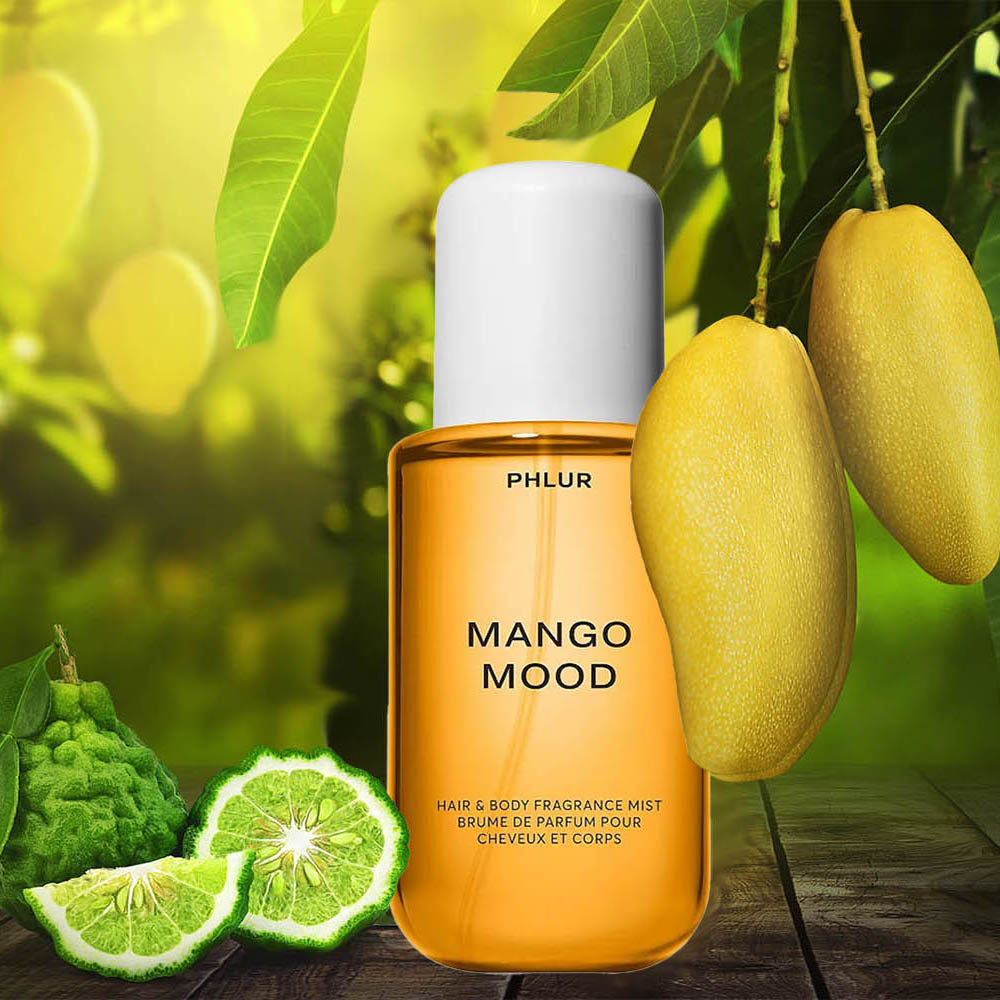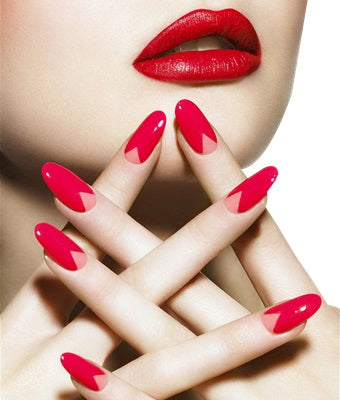As of mid-2025, here are the key trends and tendencies in perfumery that define the current landscape:
1. Clean & Minimalist Scents
"Skin scents" and "your-skin-but-better" fragrances are on the rise.
Consumers are gravitating toward subtle, non-overpowering compositions—think musk, soft woods, light florals.
Examples: Glossier You, Phlur Missing Person, Escentric Molecules.
2. Sustainability & Transparency
There's strong demand for eco-conscious ingredients, refillable packaging, and ethical sourcing.
Niche and designer brands alike are emphasizing natural and biodegradable ingredients.
Certifications like Cradle to Cradle or B Corp are gaining traction.
3. Molecular Perfumery & Biotech Ingredients
Use of lab-made molecules is exploding—less allergenic, more sustainable, and highly innovative.
Firmenich, Givaudan, and IFF are developing biotech-derived scent molecules with unique olfactory profiles.
4. Bold Gourmand & Nostalgic Notes
Despite minimalism trending, rich gourmand scents (caramel, vanilla, tonka, marshmallow) remain popular.
Many newer launches are blending edible notes with surprising accords (e.g. burnt sugar with oud or pistachio with incense).
Nostalgic themes (e.g. childhood desserts, 90s body sprays) are huge.
5. Gender-Neutral & Fluid Fragrances
The industry continues to move away from traditional “for him”/“for her” labels.
Unisex or genderless branding and marketing are becoming the default, particularly in niche perfumery.
Focus is on mood, identity, and self-expression rather than gender.
6. Soapy, Fresh, and “Clean Girl” Aesthetic
Soapy aldehydes, clean musks, and soft florals are everywhere—tying in with social media's "clean girl" or "quiet luxury" aesthetic.
Think: Byredo Blanche, Chanel No. 5 L’Eau, Narciso Rodriguez Pure Musk.
7. Digital-First Launches & Customization
Online-only fragrance houses are booming—Fueguia 1833, D.S. & Durga, etc.
Brands offer AI-powered scent matching, custom blends, and VR scent explorations.
Consumers want personalized, story-driven scents.


